Did you know? |
There are specialized oscilloscopes available for power measurements featuring up to 8 voltage and current channels (direct high voltage and current input). Read more...
Latest Oscilloscope News |
100 MHz Oscilloscope with 1 GSa/s Sampling Rate and 40 Kpts Waveform Memory
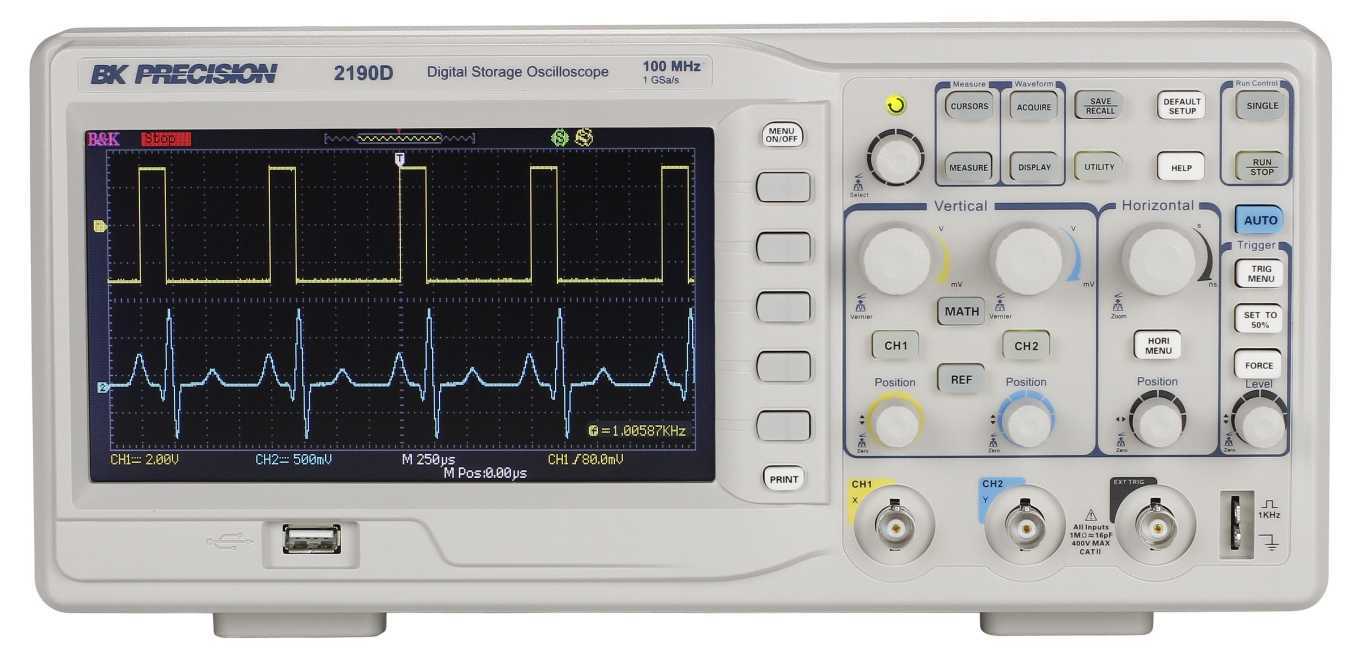 01 September 2014 -- B&K Precision introduces the new 2190D bench digital storage oscilloscope (DSO). This compact dual-channel DSO offers several measurement functions with 100 MHz bandwidth and 1 GSa/s sampling rate. Building on the success of the discontinued analog model 2190B oscilloscope, the 2190D now provides users with digital features including a 7” widescreen color display, waveform memory up to 40,000 points, pass/fail limit testing, digital filtering, waveform recorder, and 32 automatic measurements.
01 September 2014 -- B&K Precision introduces the new 2190D bench digital storage oscilloscope (DSO). This compact dual-channel DSO offers several measurement functions with 100 MHz bandwidth and 1 GSa/s sampling rate. Building on the success of the discontinued analog model 2190B oscilloscope, the 2190D now provides users with digital features including a 7” widescreen color display, waveform memory up to 40,000 points, pass/fail limit testing, digital filtering, waveform recorder, and 32 automatic measurements.
Compact Digital Storage Oscilloscopes
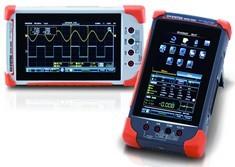 21 August 2014 - GW Instek introduced a new-generation of digital oscilloscopes. The GDS-200/300 series oscilloscopes are equipped with USB storage function and can be positioned in portrait and landscape display. The recharging-battery design makes the series easy to operate for field operations. The GDS-200/300 series are applicable in laboratories, R&D, large electric system tests, power product tests, motor tests, solar power battery inspection and repair, and maintenance personnel who are always on field assignments.
21 August 2014 - GW Instek introduced a new-generation of digital oscilloscopes. The GDS-200/300 series oscilloscopes are equipped with USB storage function and can be positioned in portrait and landscape display. The recharging-battery design makes the series easy to operate for field operations. The GDS-200/300 series are applicable in laboratories, R&D, large electric system tests, power product tests, motor tests, solar power battery inspection and repair, and maintenance personnel who are always on field assignments.
100G Ethernet Compliance Test Applications
07 August 2014 – Agilent / Keysight introduced the industry’s first 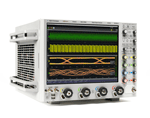 compliance test applications for 100 Gigabit Ethernet networking systems. The Agilent N8830A 100GBASE-CR4, N8829A 100GBASE-KR4 and N8828A 40GBASE-CR4/100GBASE-CR10 test applications help network-design engineers accelerate turn-on and debugging of 100G Ethernet networking systems. The new applications automate the execution of physical-layer tests on Agilent Infiniium 90000 X-Series and 90000 Q-Series oscilloscopes and the new Z-Series oscilloscopes with up to 63-GHz bandwidth.
compliance test applications for 100 Gigabit Ethernet networking systems. The Agilent N8830A 100GBASE-CR4, N8829A 100GBASE-KR4 and N8828A 40GBASE-CR4/100GBASE-CR10 test applications help network-design engineers accelerate turn-on and debugging of 100G Ethernet networking systems. The new applications automate the execution of physical-layer tests on Agilent Infiniium 90000 X-Series and 90000 Q-Series oscilloscopes and the new Z-Series oscilloscopes with up to 63-GHz bandwidth.
Automated APCO P25 Transmitter Compliance Testing
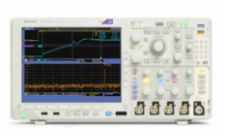 05 August 2014 – Tektronix announced a cost-effective compliance transmitter test solution for the Project 25 (P25) Common Air Interface (CAI) Phase 1 and Phase 2 standard. The new software gives RF test engineers and safety agencies the convenience of push-button measurements with automated pass/fail reporting and runs on Tektronix spectrum analyzers , all Tektronix Windows-based oscilloscopes, and on SignalVu-PC linked with the MDO4000B Mixed Domain Oscilloscope Series.
05 August 2014 – Tektronix announced a cost-effective compliance transmitter test solution for the Project 25 (P25) Common Air Interface (CAI) Phase 1 and Phase 2 standard. The new software gives RF test engineers and safety agencies the convenience of push-button measurements with automated pass/fail reporting and runs on Tektronix spectrum analyzers , all Tektronix Windows-based oscilloscopes, and on SignalVu-PC linked with the MDO4000B Mixed Domain Oscilloscope Series.
Yokogawa enhances Mixed Signal Oscilloscopes
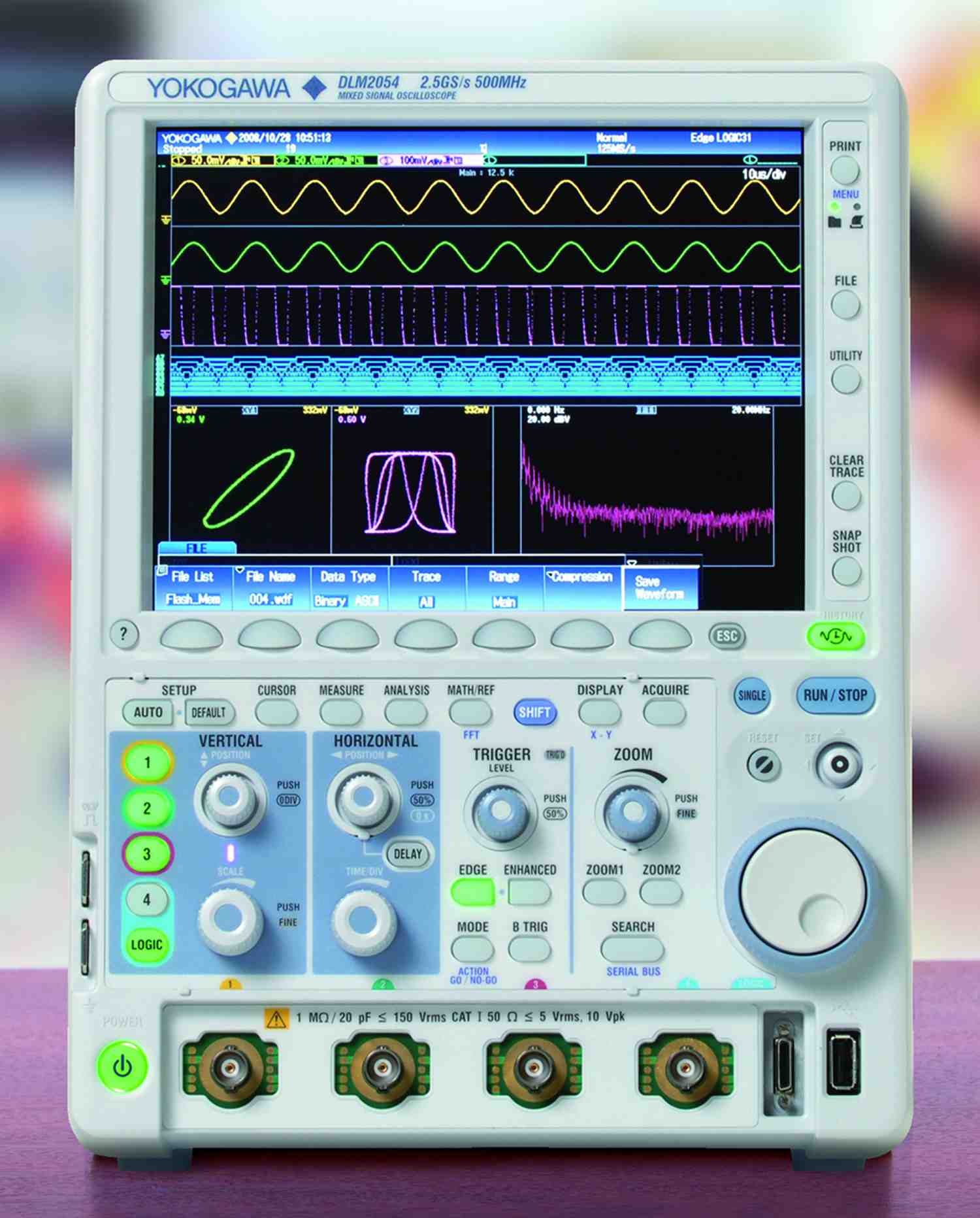 01 August 2014 - Yokogawa enhanced its DLM2000 mixed-signal oscilloscope with longer memory capabilities and a number of firmware improvements. In the new version, the length of the acquisition memory has been increased up to 62.5 Mpoints in the standard unit and up to 250 Mpoints with the extended memory option. This means that, with the maximum memory installed (/M3 option), in single-shot mode, a 10 kHz signal lasting for more than one hour can be captured.
01 August 2014 - Yokogawa enhanced its DLM2000 mixed-signal oscilloscope with longer memory capabilities and a number of firmware improvements. In the new version, the length of the acquisition memory has been increased up to 62.5 Mpoints in the standard unit and up to 250 Mpoints with the extended memory option. This means that, with the maximum memory installed (/M3 option), in single-shot mode, a 10 kHz signal lasting for more than one hour can be captured.
BroadR-Reach Interface Verification with Oscilloscopes
 29 July 2014 — Rohde & Schwarz has expanded the application field of the R&S RTO oscilloscopes to include the testing of automotive Ethernet interfaces. In line with the OPEN Alliance test specification, the new R&S RTO-K24 compliance test software enables users to perform automated tests on BroadR Reach Ethernet interfaces. BroadR Reach technology makes it possible to combine multiple applications such as video streaming from rear view cameras and signal transmission from automotive radar systems to create a single, open and scalable Ethernet network inside the vehicle.
29 July 2014 — Rohde & Schwarz has expanded the application field of the R&S RTO oscilloscopes to include the testing of automotive Ethernet interfaces. In line with the OPEN Alliance test specification, the new R&S RTO-K24 compliance test software enables users to perform automated tests on BroadR Reach Ethernet interfaces. BroadR Reach technology makes it possible to combine multiple applications such as video streaming from rear view cameras and signal transmission from automotive radar systems to create a single, open and scalable Ethernet network inside the vehicle.
High Voltage Differential Probes for Oscilloscopes
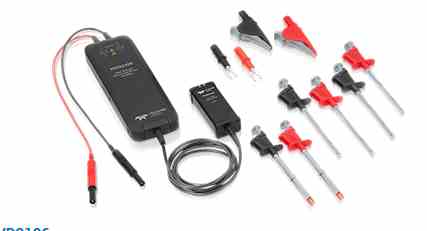 17 July 2014 - Teledyne LeCroy introduced the HVD High Voltage Differential probe series delivering high common-mode rejection ratio (CMRR) across a broad frequency range. The new HVD differential probes are safe, easy to use and ideally suited for a variety of power electronics measurements. The wide 1500Vp-p differential voltage range and large offset capability provides maximum flexibility for capturing gate drive and control signals floating on a 1000 Vdc bus. This performance combined with 1% DC and low frequency gain accuracy means the HVD differential probes enable high precision, high voltage measurements.
17 July 2014 - Teledyne LeCroy introduced the HVD High Voltage Differential probe series delivering high common-mode rejection ratio (CMRR) across a broad frequency range. The new HVD differential probes are safe, easy to use and ideally suited for a variety of power electronics measurements. The wide 1500Vp-p differential voltage range and large offset capability provides maximum flexibility for capturing gate drive and control signals floating on a 1000 Vdc bus. This performance combined with 1% DC and low frequency gain accuracy means the HVD differential probes enable high precision, high voltage measurements.
Oscilloscope Basics |
10 Tips for selecting an Oscilloscope
 The oscilloscope is one of the most important tools used in the design, repair and maintenance of electronics. Nevertheless the selection of the right type and configuration for your application is not an easy task. We listed some important points to consider.
The oscilloscope is one of the most important tools used in the design, repair and maintenance of electronics. Nevertheless the selection of the right type and configuration for your application is not an easy task. We listed some important points to consider.
Oscilloscope Background |
Precision Phase Noise Measurement Technique - Part 2
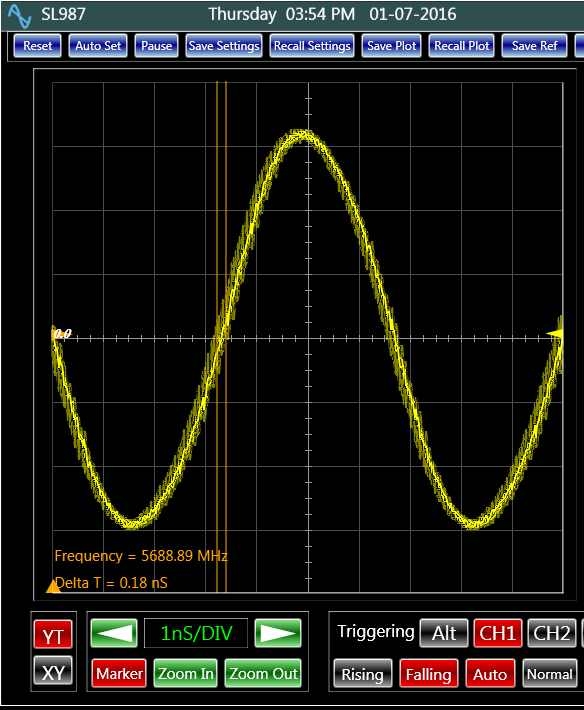 In the first part of this article a simple phase noise measurement technique with a resolution of 10 ps was explained. There are other techniques, which could enhance the performance of the measurement to sub-picoseconds. That is the subject of this article.
In the first part of this article a simple phase noise measurement technique with a resolution of 10 ps was explained. There are other techniques, which could enhance the performance of the measurement to sub-picoseconds. That is the subject of this article.
Read more ...

 How to resolve AdBlock issue?
How to resolve AdBlock issue?